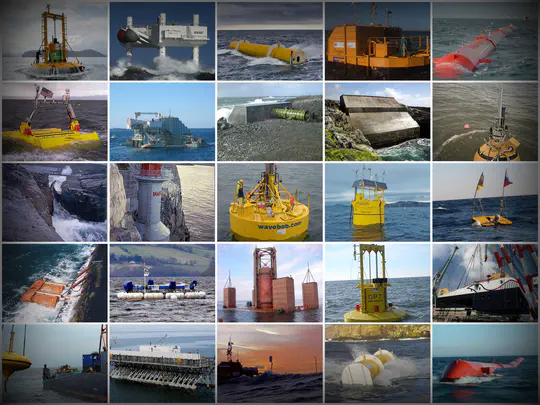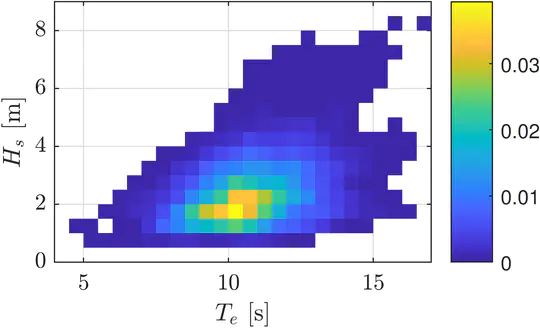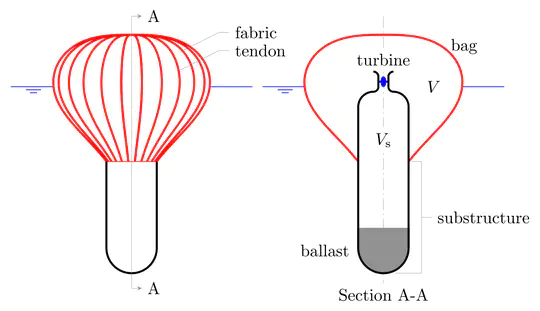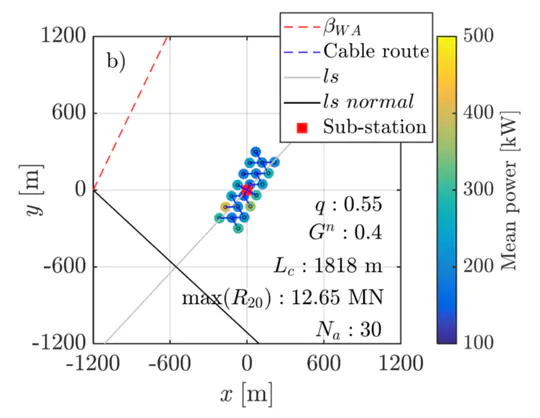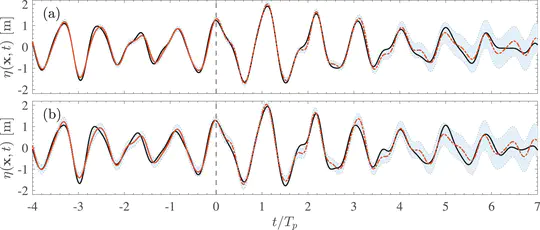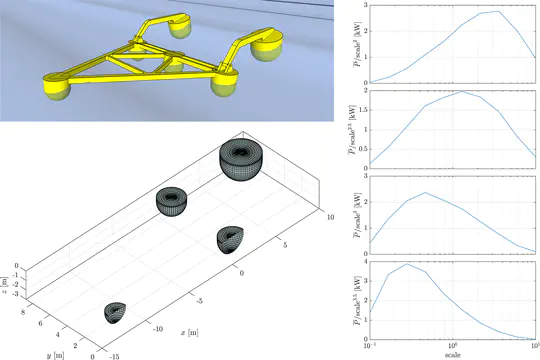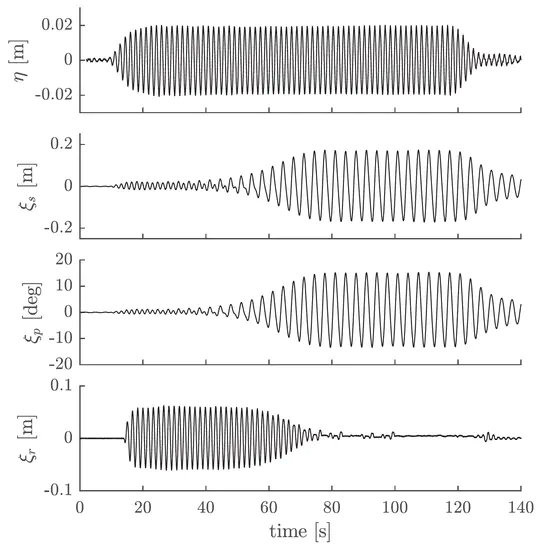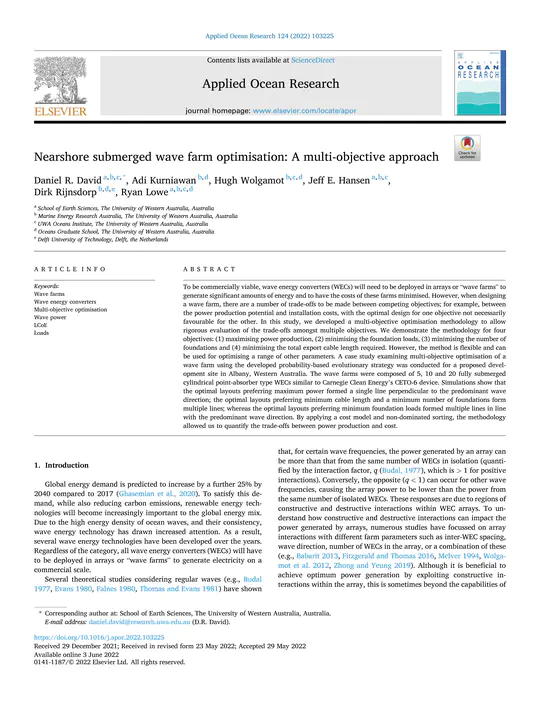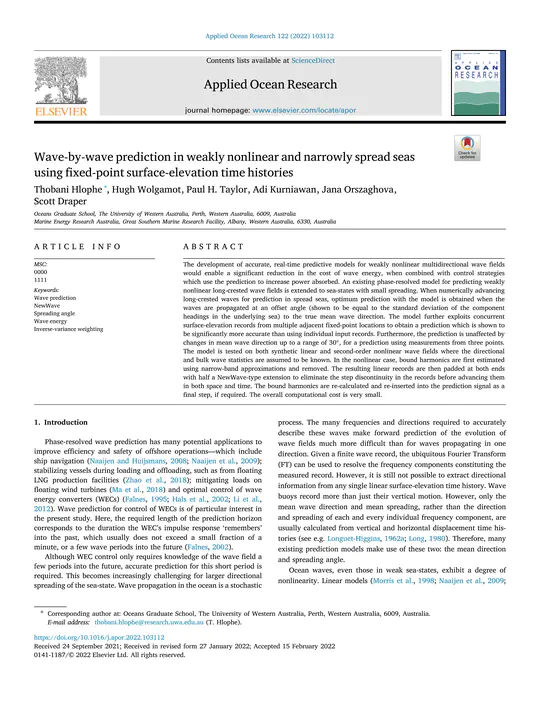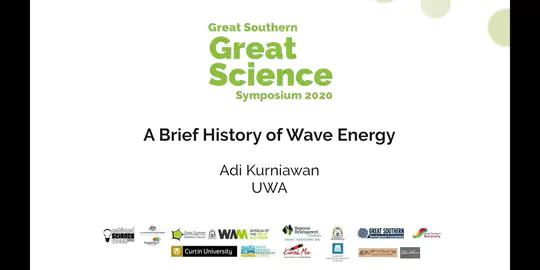Adi Kurniawan
Research Fellow, Oceans Graduate School
The University of Western Australia
Marine Energy Research Australia
Biography
Adi is a research fellow with Marine Energy Research Australia (MERA), The University of Western Australia (UWA). His research covers aspects of wave energy conversion, wave-structure interactions, and multi-objective optimisation. He has numerically modelled a variety of wave energy converters (WECs) and is deeply interested in how geometry and motion influence wave absorption and loads.
Adi obtained his PhD in Marine Technology from the Norwegian University of Science and Technology (NTNU). During his PhD, he participated in the NumWEC project: Numerical estimation of energy delivery from a selection of wave energy converters, a collaboration between NTNU and Centrale Nantes comparing the performance of several different WECs through numerical modelling.
Before joining UWA, Adi was with Aalborg University, Denmark, and the University of Plymouth, UK. His research into flexible deformable WECs, initiated while he was at Plymouth, was among the first of its kind. There is a continued interest in this idea, given the potential benefits of using flexible materials over rigid ones. While at Aalborg, he participated in the WEC modelling task force of the International Energy Agency - Ocean Energy Systems.
Since joining UWA, Adi has been involved in several research activities, including developments of efficient methods for deterministic prediction of ocean waves, multi-objective optimisation of arrays of WECs, simplified modelling of parametric resonances in WECs, modelling and optimisation of articulated WECs, developments of methods to detect false rogue waves, and comparison of WECs, which has been his long-standing interest. He is currently supervising a number of Master’s students on projects related to marine renewables. He is responsible for teaching parts of OCEN4007 Renewable Ocean Energy.
Adi is the co-author of Ocean Waves and Oscillating Systems: Linear Interactions Including Wave-Energy Extraction (2nd edition) with Professor Johannes Falnes (NTNU). Since 2020, Adi has been a member of the Standards Australia Committee EL-066 on Marine energy - Wave, tidal and other water current converters.
- Ocean Wave Energy
- Wave-Structure Interactions
- Multi-Objective Optimisation
PhD in Marine Technology, 2013
Norwegian University of Science and Technology
MEng in Civil and Environmental Engineering, 2006
Nanyang Technological University
BEng in Civil and Environmental Engineering, 2004
Nanyang Technological University
